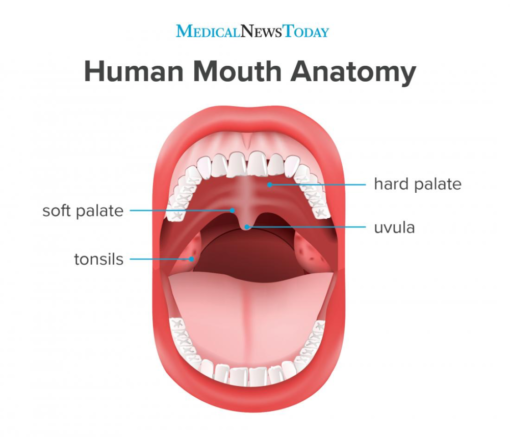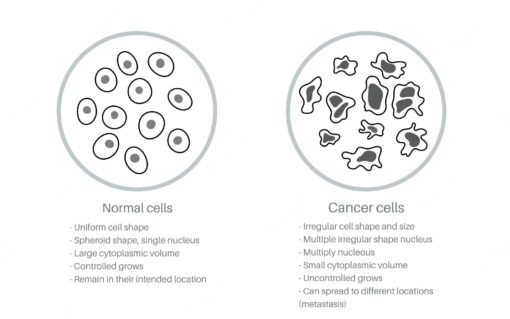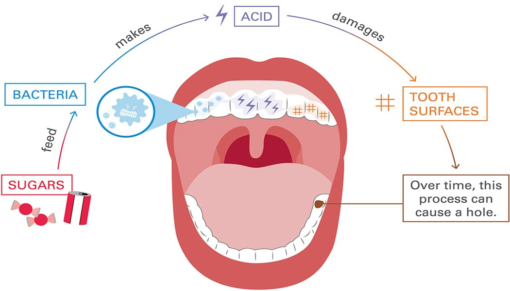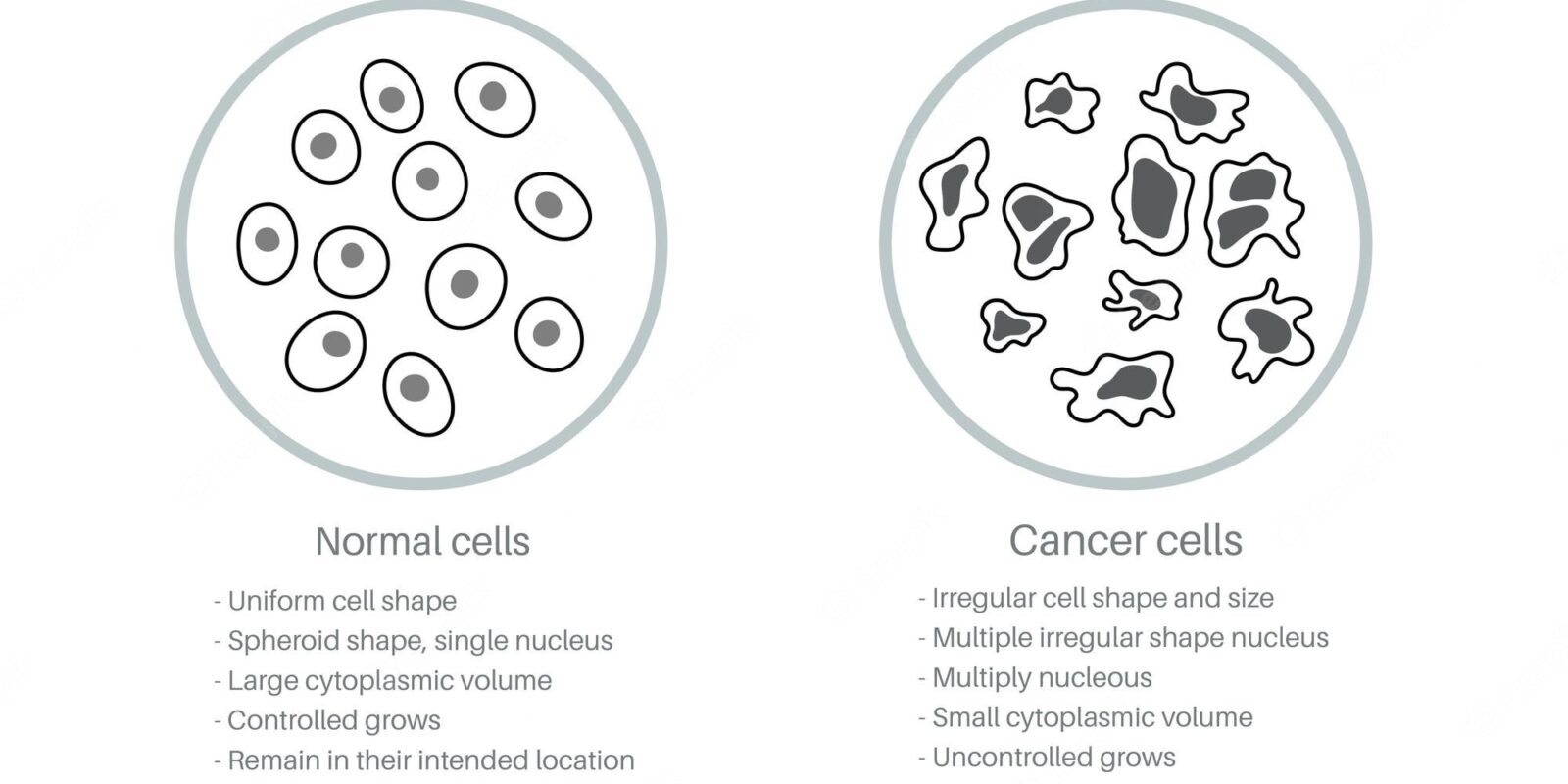A premalignant lesion of oral cavity is a type of tumour or abnormal growth that is basically harmless. It doesn’t spread to other parts of the body and isn’t life-threatening. However, if left untreated, it can develop into a malignant lesion (a cancerous tumor). These lesions must be identified and treated before they turn into malignant tumors. At times it can be cancer. Identifying them early on helps prevent them from spreading further and prevents potential recurrence at a later stage. If you are suffering from any of these conditions, it is important to see your dentist immediately for treatment. The earlier you catch these conditions the better because they are easier to treat at this stage than when they have progressed to a more advanced state.
Premalignant lesions of Oral Cavity
An oral cavity lesion is any pathological change in the oral cavity that is not associated with genuine periodontal disease. There are numerous examples of these lesions in the mouth, some of which are potentially premalignant lesions (see below). Some examples are – lichen planus, erythema migrans, leukoplakia, stomatitis, Bowen’s disease, Behcet’s disease, etc.

These conditions may cause irritation and/or pain, but unless the patient is immunocompromised or pregnant, the lesions themselves are unlikely to become malignant or lead to any long-term problems. Oral lesions are mouth ulcers or sores, which may be painful. They can include abnormal cell growth and rare tongue and hard-palate (roof of the mouth) disorders.
Types and causes | Oral cavity lesions
Fever blisters – These contagious, often painful blisters on lips, gums, or the roof of your mouth can last five to 10 days. They’re due to the herpes simplex virus activated by fever, stress, trauma, hormones, or sunlight. They can spread to eyes and genitalia, or to other people.
Canker sores – These painful red or white sores on your tongue, mouth, lips, and cheeks can be caused by stress, trauma, irritation, or diet.

Leukoplakia – These are thick, whitish patches on cheeks, gums, or tongue that can lead to cancer. They can be caused by tobacco, dental work, or cheek-biting.
Candidiasis – This is a yeast infection caused by dentures, dry mouth, antibiotics, or a weak immune system.
Hairy tongue – Poor hygiene, irritation, or smoking can cause abnormally long taste buds.
Torus palatinus – Teeth-grinding or dentures may cause a bony growth on the roof of your mouth (hard palate).
Oral cancer – Symptoms include a white or red patch or chronic mouth, lip, or tongue ulcers.
Squamous cell carcinoma
Squamous cell carcinoma is one of the most common oral cavity cancers. It develops in the squamous cells, commonly found on the outer surface of teeth. This type of cancer is most prevalent in people living in tropical/subtropical climates, individuals who smoke, and those who have extended exposure to ultraviolet light. Squamous cell carcinoma often appears as an ulcer on the mucous membrane. This type of cancer is generally painless, but since it progresses very rapidly, it is important to see a dentist for treatment as soon as you notice any signs or symptoms of it.

Squamous cell carcinoma causes
Exposure to ultraviolet (UV) rays, like the ones from the sun or a tanning bed, affects the cells in the middle and outer layers of your skin and can cause them to make too many cells and not die off as they should. This can lead to out-of-control growth of these cells, which can lead to squamous cell carcinoma.
Verrucous carcinoma
Squamous cell carcinoma and verrucous carcinoma are both treated with surgery and/or chemotherapy, depending on the severity of the lesion. In the case of verrucous carcinoma, however, additional treatment may be necessary for cryotherapy. Cryotherapy involves the application of extreme cold; This type of cancer is rare and often misdiagnosed as squamous cell carcinoma. It usually appears as a wart-like growth that is typically larger than a typical wart.

Melanoma | Oral cavity
Melanoma is the most aggressive type of skin cancer and can also affect the oral cavity. As such, people with fair skin, a history of sunburns, or a family history of melanoma are at a greater risk of developing this condition. In most cases, melanomas in the oral cavity do not appear until later stages, making them harder to detect. Even so, it is important to visit the dentist regularly for routine oral examinations.
Oral mucoepidermoid cancer
Mucoepidermoid carcinoma is a type of oral cavity cancer that is very rare in Caucasians. It generally affects individuals with a history of heavy alcohol consumption and chronic smoking, such as those living in highly polluted areas. This type of cancer often forms in the gums and the floor of the mouth.
If it is not detected and treated early on, it can potentially spread to other parts of the body, such as the lungs and liver. The earlier you have your dentist examine you for oral cancer, the better. Since this type of cancer often appears in the later stages, it is harder to detect and treat. It is important to visit the dentist regularly to make sure you do not have oral cancer.
Conclusion | Premalignant lesions of Oral Cavity
All the lesions that have been mentioned above are basically harmless. However, if left untreated, they can develop into a malignant lesion. It is important to recognize these conditions and seek treatment at the earliest sign. This will help prevent the conditions from progressing any further and prevent the need for future treatment.






